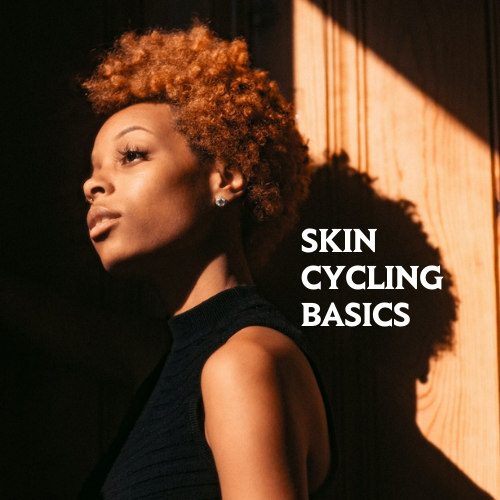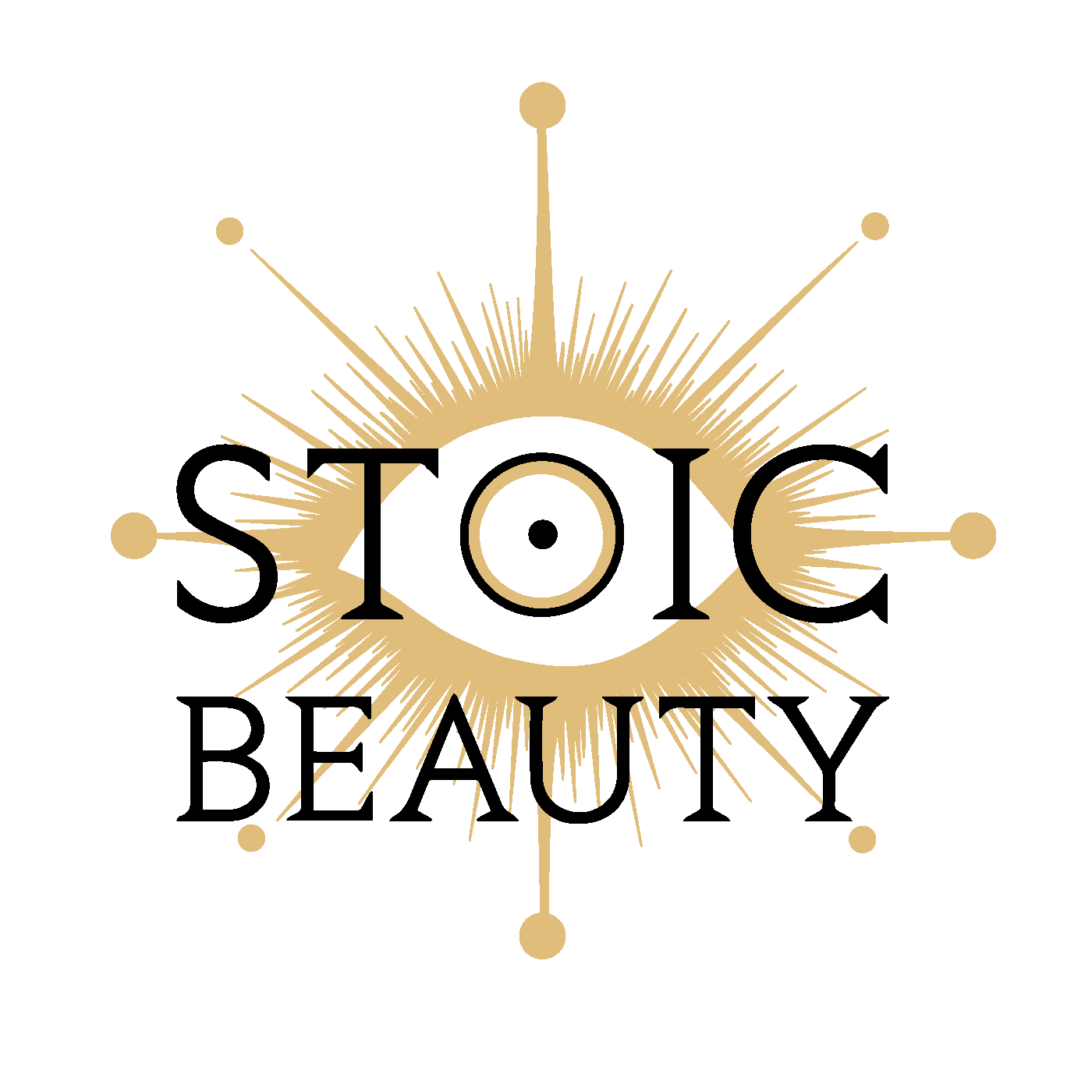
We often get asked at markets and shows by customers, plus friends and family, what products am I supposed to use and when?
We get it; figuring out what can or can’t be used with other products can feel overwhelming. It is important to remember that everyone's skin is different, and the specific products and ingredients that are right for you will depend on your skin type and concerns. That being said, Skin Cycling can be greatly beneficial by allowing your skin the benefit from different products and serums without overloading it all at once.
What is Skin Cycling?
Skin cycling is a term that refers to the process of regularly rotating the use of different skin care products. It is often recommended by dermatologists and skin care experts as a way to give the skin a break from certain ingredients, prevent the skin from developing a tolerance to products, and allow the skin to benefit from a variety of different ingredients.
Who Came up with Skin Cycling?
Dr. Whitney Bowe a board-certified dermatologist based in New York City, is credited by Vogue, Allure, Harper's Bazaar, Mashable, and more for coining the term Skin Cycling. Skin Cycling has gained traction on TikTok via her info-packed educational videos uploaded to the platform. Dr. Whitney Bowe is an assistant clinical professor in the Department of Dermatology at the Icahn School of Medicine at Mount Sinai and has a private practice in New York. Dr. Bowe is a recognized expert on skin health and has published research in medical journals and written articles for popular media outlets.
@drwhitneybowebeauty Replying to @char.and.kinz #skincycling for #rosacea @drwhitneybowe #drwhitneybowebeauty #thatboweglow ♬ son original - sbmedit
How does Skin Cycling work?
There are a few different ways to approach skin cycling, and the specific approach that is right for you will depend on your skin type, concerns, and the products you are using. Some people choose to cycle through different products on a daily or weekly basis, while others may use certain products for a certain period of time and then switch to something else. It is generally recommended to speak with a dermatologist or other skin care professional to determine the best approach to skin cycling for your individual needs.
Why should I choose to "skin cycle," or switch between different skincare routines or products, rather than using the same routine?
There are a few potential reasons why someone might choose to "skin cycle," or switch between different skincare routines or products, rather than using the same routine consistently. Here are a few possible reasons:
To address changing skin concerns: Someone might choose to skin cycle in order to address different skin concerns at different times of the year. For example, they might use a more hydrating routine in the winter when the air is dry and a lighter routine in the summer when the weather is hotter and more humid.
To take advantage of different ingredients: Someone might switch between different routines or products in order to take advantage of the unique benefits of different ingredients. For example, they might use a routine that is rich in vitamin C in the morning to help brighten the skin and a routine that is rich in retinol at night to help with anti-aging.
To avoid product build-up: Some people choose to skin cycle in order to avoid product build-up, which can occur when using the same products consistently over a long period of time. Product build-up can lead to clogged pores and skin irritation.
It is important to keep in mind that everyone's skin is different, and what works for one person might not work for another. It is always a good idea to consult with a dermatologist or skincare professional before making significant changes to your skincare routine. They can help you determine the best approach for your specific skin type and concerns.
@ericanic0le Are you breaking out or is your skin barrier just damaged? Skin cycling stops you from overusing your chemical exfoliants & retinoids. When you overuse your actives, your skin will become sensitized, dry, itchy & red and lead to more breakouts & irritation! #skincycling #skincyclingroutine #skincare #skincareroutine #skincare101 #skintok #damagedbarrier #damagedskinbarrier #skinbarrier #skinbarrierrepair #acne #acnetips #skincareyips #skintransformation #acnetransformation #acneskin #acneskincare #acneprone #acneproneskin ♬ original sound - ERICA NICOLE | skin & beauty
What is the best water-safe routine to skin cycle with?
If you have sensitive skin or any barrier damage, it is important to choose skincare products that are gentle and designed to support you, Stoic products are exactly that and, as an added benefit, are clean beauty+ being both gentle on the environment and water-safe!0 // EVERY NIGHT
1 // NIGHT ONE
3 + 4 // NIGHT THREE + FOUR
Hydration + Moisturizing: These two words are often used interchangeably. But hydration draws moisture to the surface of the skin, and moisturizing locks in that moisture with occlusive ingredients. For a great hydrating + moisturizing duo, we recommend Thalassa + Agathos Face Oil Serum.




